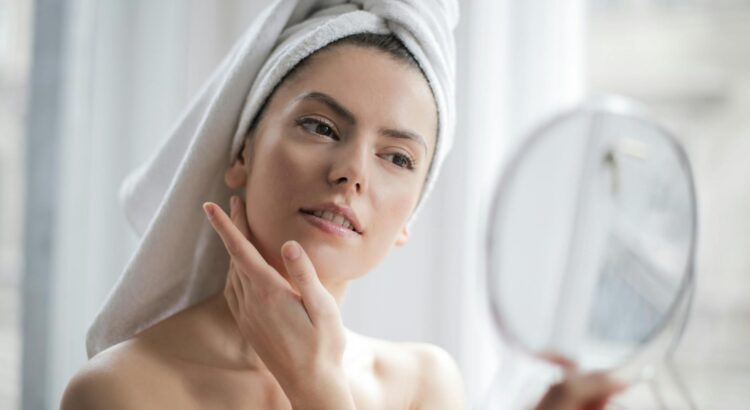Whether you have oily, dry, sensitive, or combination skin, this article will provide you with everything you need to know.

Whether you have oily, dry, sensitive, or combination skin, this article will provide you with everything you need to know.